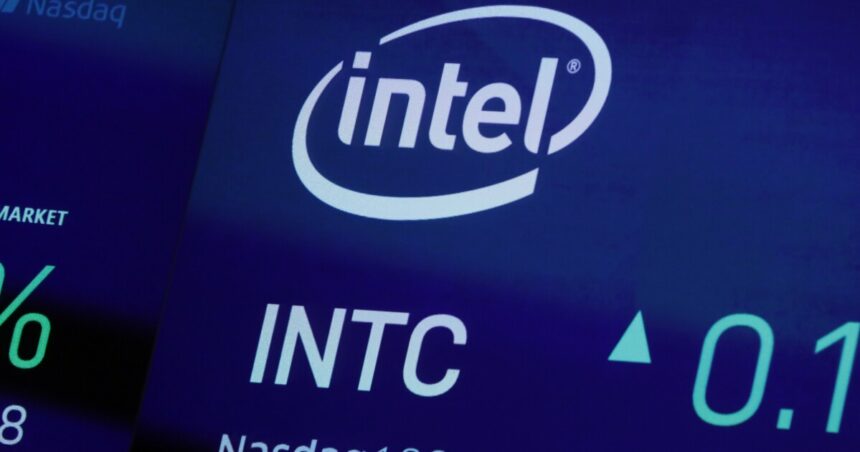Chipmaker Intel is planning to cut 15% of its workforce, which amounts to about 15,000 jobs. This move is part of the company’s efforts to reposition itself in the market and compete with more successful rivals like Nvidia and AMD.
In a memo addressed to the staff, CEO Pat Gelsinger stated that Intel aims to save $10 billion by 2025. He emphasized the need to align the cost structure with the new operating model and make fundamental changes to the company’s operations to address the stagnant revenue growth and low margins.
Following a disappointing quarter and forecast, the iconic chip maker founded in 1968 is set to announce an enhanced retirement offering for eligible employees next week. Additionally, Intel will provide an application program for voluntary departures to streamline the cost-cutting measures.
Gelsinger acknowledged the difficulty of these decisions and mentioned that the majority of the layoffs are expected to be completed within the current year. The company, based in Santa Clara, California, is also suspending its stock dividend as part of the broader cost-cutting plan.
Intel reported a loss for the second quarter, with a slight revenue decline. The stock market reacted negatively to the news, with Intel’s stock plunging by 19% in after-hours trading.
Despite the near-term financial benefits, analysts believe that Intel needs to redefine its position in the chip market to stay competitive in the long run. The company’s focus on the AI PC market and domestic manufacturing investments will play a crucial role in shaping its future in the industry.
Unlike its rivals, Intel both designs and manufactures chips. The company has been working to enhance its foundry business and compete with market leaders like TSMC. With support from the CHIPS Act and government funding, Intel is strategically positioned to strengthen its presence in the semiconductor market.
President Joe Biden’s backing of Intel’s initiatives, including funding for new chip plants, highlights the government’s commitment to revitalizing domestic manufacturing. Intel’s plans for job creation and investment in advanced computer chip technology align with the national agenda to bring innovation and economic growth back to America.





